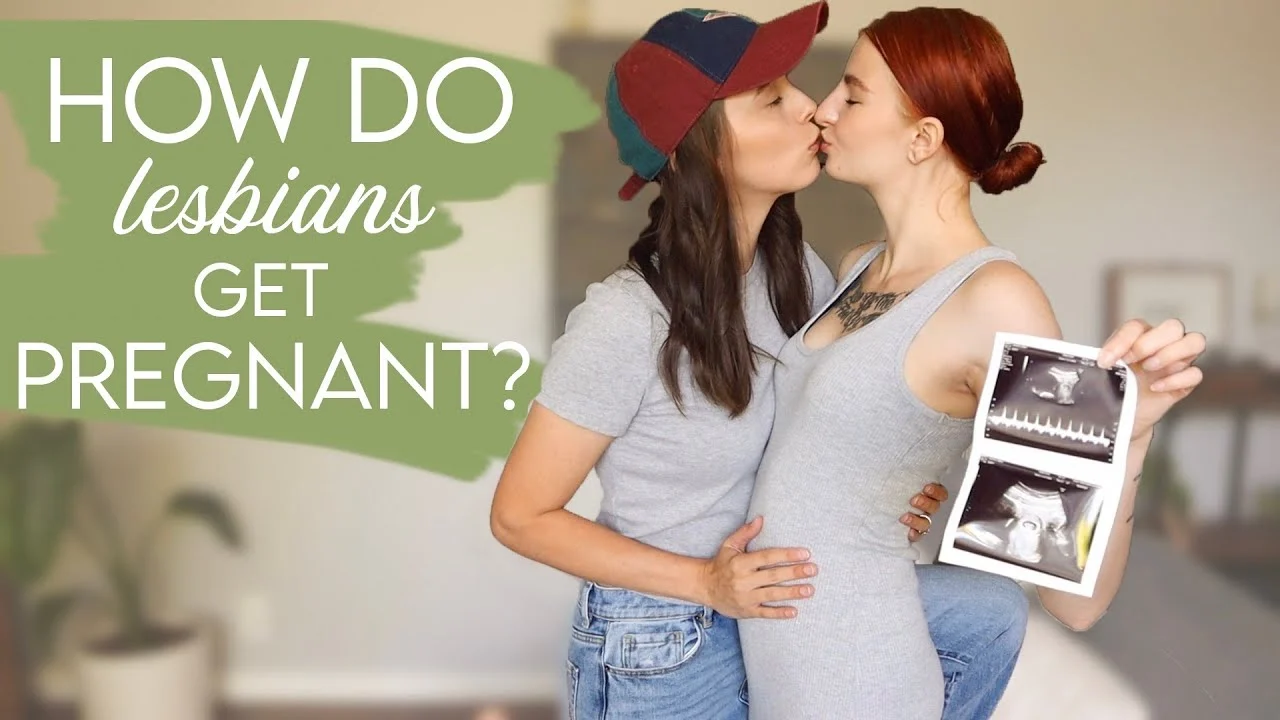Your cart is currently empty!
The Importance of Understanding Fertility Decline for American Women
As women in the U.S. navigate their careers and personal lives, many are unaware of the critical timeline surrounding fertility decline. Education on this topic is essential because understanding one’s reproductive health can significantly impact family planning decisions.
Studies show that a woman’s fertility begins to decline noticeably in her late 20s and decreases even further after age 35. Yet, many women, particularly those focusing on their careers or personal growth, may not be fully aware of these age-related changes. This lack of awareness can lead to unexpected challenges when they decide to start a family later in life.
It’s crucial that women receive comprehensive education about their reproductive health, including the biological realities of fertility and the available options for those who may face infertility. Resources like Hopkins Medicine’s Fertility Center provide valuable insights into infertility services and can guide women in making informed choices about their reproductive futures.
Moreover, the rise of home insemination methods offers new possibilities for those looking to conceive. Tools such as the Cryobaby At-Home Insemination Kit are becoming increasingly popular, allowing women to take control of their family-building journey.
As we discuss these options, it’s also important to recognize that corporate health benefits are evolving to support employees who are trying to conceive. More companies are recognizing the importance of fertility health in the workplace, which is reflected in their health benefits packages. For more on this subject, check out this informative post.
To sum up, increasing awareness and education about fertility decline among women is vital. By understanding their bodies and the options available to them, women can make empowered decisions about their reproductive health and family planning.
